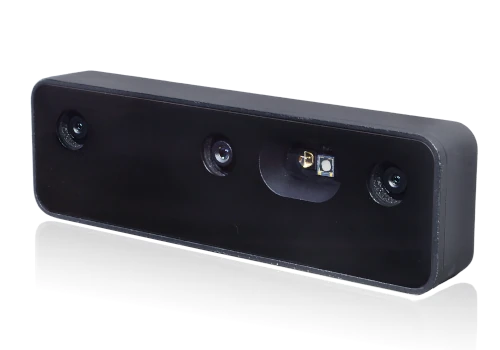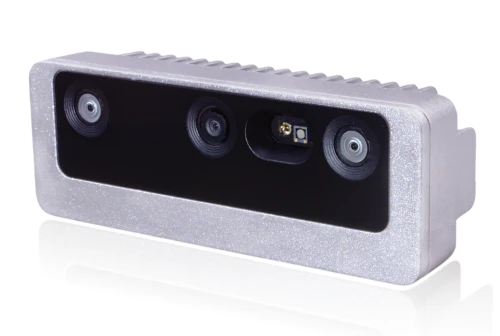Getting Started
OAK USB cameras
OAK USB cameras are a family of cameras that use USB for power and communication. They are powered by the RVC2 chip.
Read the guide
OAK PoE cameras
OAK PoE cameras are a family of cameras that use Ethernet for power (PoE) and communication. They are powered by the RVC2 chip.
Read the guide
OAK4 cameras
OAK4 cameras have enhanced compute and support full standalone capability. They support both USB and PoE powering and connectivity. They are powered by the RVC4 chip.
Read the guide